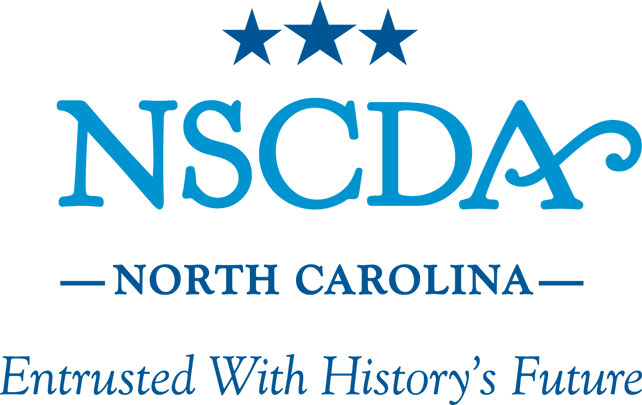2020 Florence Kidder Memorial Scholarship - Fourth Place Essay by Allison TippinThe Burwell School Historic Site is a piece of Hillsborough, North Carolina’s history. Built in the early 1800s, the main house, along with a brick classroom and a necessary house, sits on two acres of land. The site began as the home of Reverend Robert Armistead Burwell, his wife Anna Margaret Burwell, and their children. The Burwell family moved to Hillsborough from Virginia when Robert became the minister of the Hillsborough Presbyterian Church in 1835. Mrs. Burwell was an accomplished woman and shortly after settling into their new home, she was approached by a doctor to teach his daughter, thus beginning her career in education. Their home became the site of The Burwell Academy for Young Girls in 1837 and provided education to over 200 young females throughout its twenty years of existence. One of the school’s catalogs writes that their mission was “to seek to cultivate in every pupil a sense of her responsibility for time and eternity,” through the ideology of “not how much but how well.” (burwellschool.org) Many students went on to found their own schools. Anna Burwell not only ran the household of twelve children, but also taught lessons, and managed accounts of the school. She did, however, have help from a slave, Elizabeth Hobbes Keckley. Despite their different stations in life, these two women were driven to contribute to society beyond the positions to which they were born. Elizabeth Hobbes Keckly was born into slavery and moved to Hillsborough with the Burwell family as their only enslaved servant. She “did the work of three servants” (burwellschool.org) and though the Burwell’s were kind, she endured severe beatings. In 1842, Elizabeth left Hillsborough to serve Robert Burwell’s sister, Ann Garland, and her husband in St. Louis. There, Elizabeth married James Keckly, a runaway slave. Elizabeth had an incredible talent for sewing and subsequently started her own business to help earn money to support the Garland’s. She bought freedom for herself and her son in 1855. Keckly moved to Washington D.C. and worked as a seamstress for high-class women, including first lady, Mary Todd Lincoln, with whom she developed a close relationship. Through this relationship, Keckly was aware of the current events of the US. During the Civil War, she founded the First Black Contraband Relief Association to help freed blacks in Washington D.C. Remarkably, Keckly published a memoir, Behind the Scenes, or Thirty Years a Slave, and Four Years in the White House in 1868, a huge accomplishment for a woman during her time. The Burwell’s moved from Hillsborough to take leadership of the Charlotte Female Institute, now Queens University (Engstrom), and the Burwell School building became home to other families. During the Civil War, the Burwell School was called “the Beehive” because the Collins family of Washington County used it as a refuge from the war and it was always busy (burwellschool.org). The Burwell School is currently preserved by the Historic Hillsborough Commission and has been under their leadership since 1965 (Ireland). The site was restored back to its antebellum time period and serves as a museum with tours and educational programs. It was recognized on the National Register of Historic Places in 1972 for its historical significance (burwellschool.org). Historical sites are a showcase of history and are therefore important to preserve. They provide insight into the past so that we can change our future. As the Historic Hillsborough Commission’s mission states, they strive “to interpret the history of 19th century Hillsborough for the enrichment of the public; and to celebrate and promote the culture and heritage of Hillsborough and Orange County.” (burwellschool.org) The Burwell School is a pivotal part of Hillsborough’s history. It proved the importance and power of education through the many young women educated there. It was home to an African-American woman who transcended the time period’s expectations and rights of a black woman; she worked her way up in society and gained the respect she deserved and the school saw changes that came with the Civil War in NC, a huge part of US history. With the Burwell School Historic Site still around, current and future generations can learn about the community’s roots. Works Cited |
